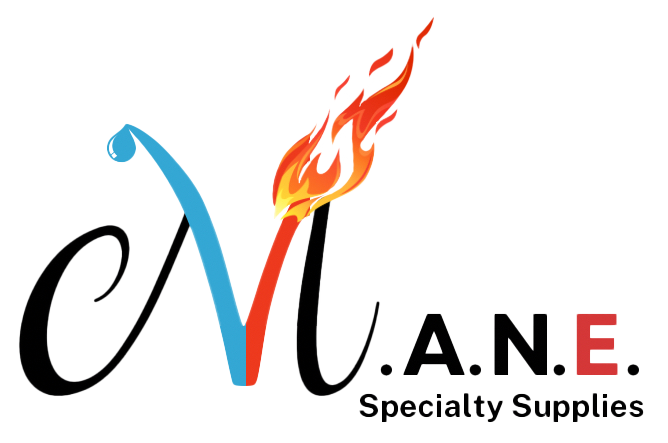Fireproof
FIREPROOF
Enhancing Safety and Structural Integrity
Fireproofing is a crucial aspect of building design and construction aimed at minimizing the impact of fires on structures and ensuring the safety of occupants. It involves the application of materials or treatments to surfaces, preventing or delaying the spread of fire and reducing the potential for structural damage.
Fireproofing plays a crucial role in enhancing the overall fire safety of a structure. It is often integrated into the design and construction process to ensure that buildings can withstand the impact of a fire and provide occupants with sufficient time to evacuate safely. By incorporating high-temperature resistant materials and passive protection measures, fireproofing contributes significantly to minimizing the potential devastation caused by fires in various built environments.
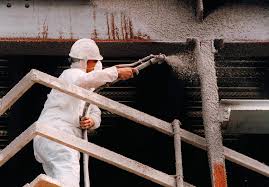
Here are five key features of effective fireproofing:
High-Temperature Resistance:
- Fireproofing materials are designed to withstand high temperatures without compromising their structural integrity. This is crucial in protecting the building’s critical components, such as steel beams and columns, which may otherwise weaken or fail under extreme heat.
Passive Fire Protection:
- Fireproofing provides passive fire protection, meaning it is always active and doesn’t require manual intervention to function. This is in contrast to active fire protection systems, such as fire extinguishers, which need to be activated.
Compatibility with Various Surfaces:
- Effective fireproofing solutions are versatile and can be applied to a variety of surfaces, including steel, concrete, wood, and even certain types of insulation. This adaptability allows for comprehensive protection of diverse building materials.
Code Compliance:
- Fireproofing materials and techniques must comply with local building codes and safety standards. Adhering to these regulations ensures that the fireproofing measures are not only effective but also meet the minimum safety requirements set by authorities.
Durability and Longevity:
- Fireproofing solutions are expected to be durable and long-lasting. They should withstand the test of time, environmental conditions, and potential physical stresses, providing reliable fire protection throughout the lifespan of the building.
Fireproofing
Showing 1–42 of 77 results
-

CONCRETE MIX
Buy Now -
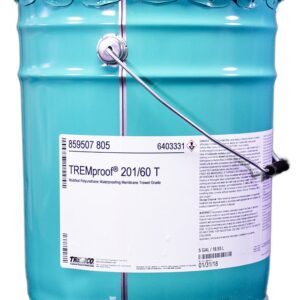
TREMproof® 201/60
Read more -
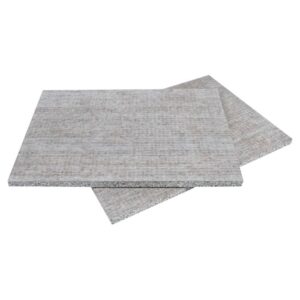
Cem-Rock Light Weight Cement Board
Read more -

Sikalastic®-726 Balcony One Shot
Read more -
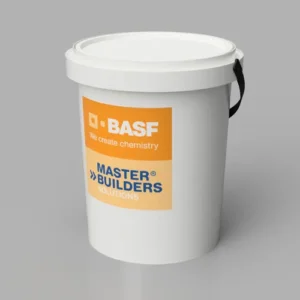
MasterProtect H 1000 / 100% Silane Penetrating Sealant 5G
Read more -
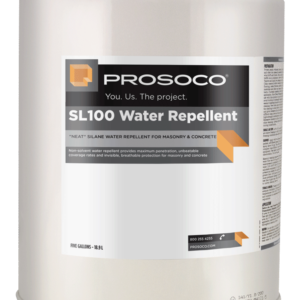
SL100 Water Repellent
Read more -

METAL DECKING
Buy Now -

CONCRETE FORMING PRODUCTS
Buy Now -

LVL, LSL, C-JOIST
Buy Now -

CEILING TILES
Buy Now -

PREPRUFE® 300R
Read more -

REPAIRING MORTAR
Buy Now -

SELF LEVELING
Buy Now -

RADIANT FLOORING
Buy Now -

SOUND UNDERLAY
Buy Now -
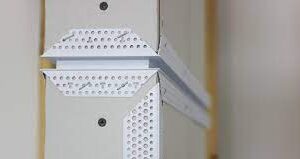
FRY REGLET BEADS
Buy Now -

SIGNS
Buy Now -

JERSEY BARRIERS
Buy Now -

BARRICADE
Buy Now -

LIFELINE ROPE
Buy Now -

Maxxon Gyp-Fix Patch™
Read more -
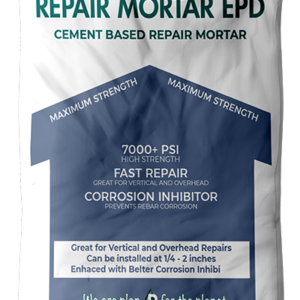
Belter Repair Mortar EPD
Read more -
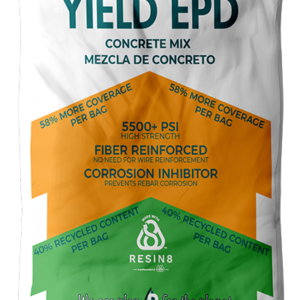
Belter Yield EPD
Read more -
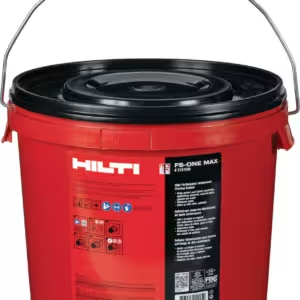
FS-ONE MAX Firestop intumescent sealant
Read more -
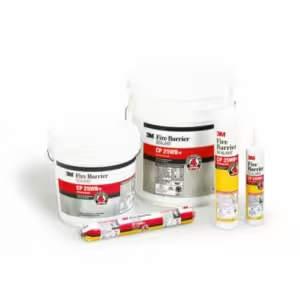
3M™ Fire Barrier Sealant CP 25WB+
Read more -
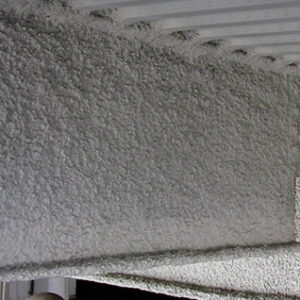
Monokote MK-1000
Read more -

Monokote MK10
Read more -
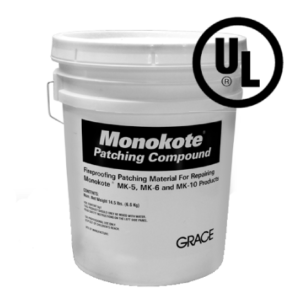
Monokote Patching Compound, 5 gallon
Read more -

Maxxon Multi Use Primer™
Read more -

Maxxon Low Density Fill™
Read more -

RETRACTABLE LANYARD
Buy Now -
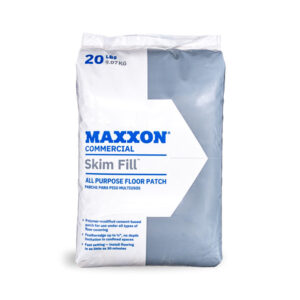
Maxxon Skim Fill™
Read more -

Maxxon EZ Crete™
Read more -
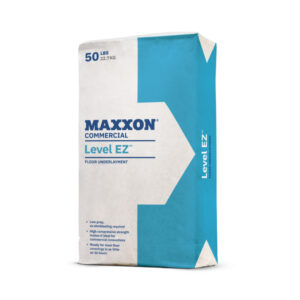
Maxxon Level EZ™ 50lb
Read more -

SECUROCK® EXOAIR® 430 PANELS
Read more -
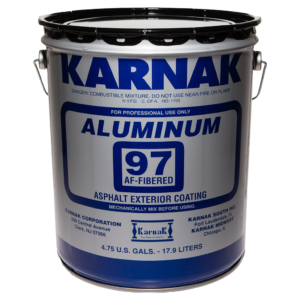
97 FIBERED ALUMINUM ROOF COATING
Read more -
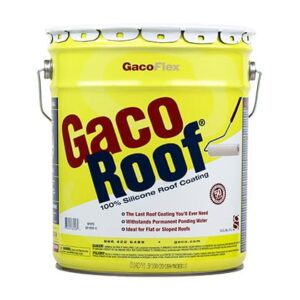
GacoRoof
Read more -
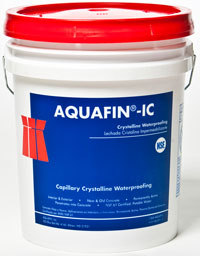
AQUAFIN-IC
Read more -
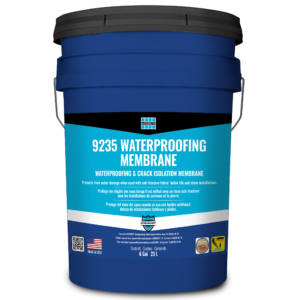
LATICRETE 9235 Waterproofing Membrane
Read more -
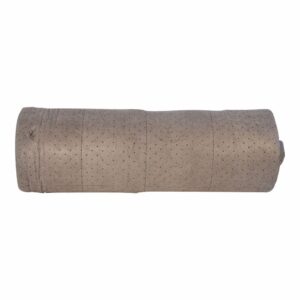
OIL SPILL ROLLS
Buy Now -
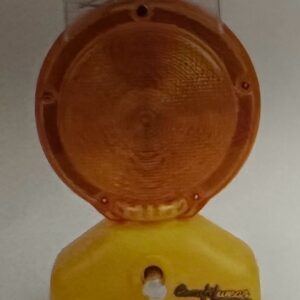
Amber Led Warning Lights With Solar Rechargeable Battery
Buy Now -

Stop & Slow Sign
Buy Now
